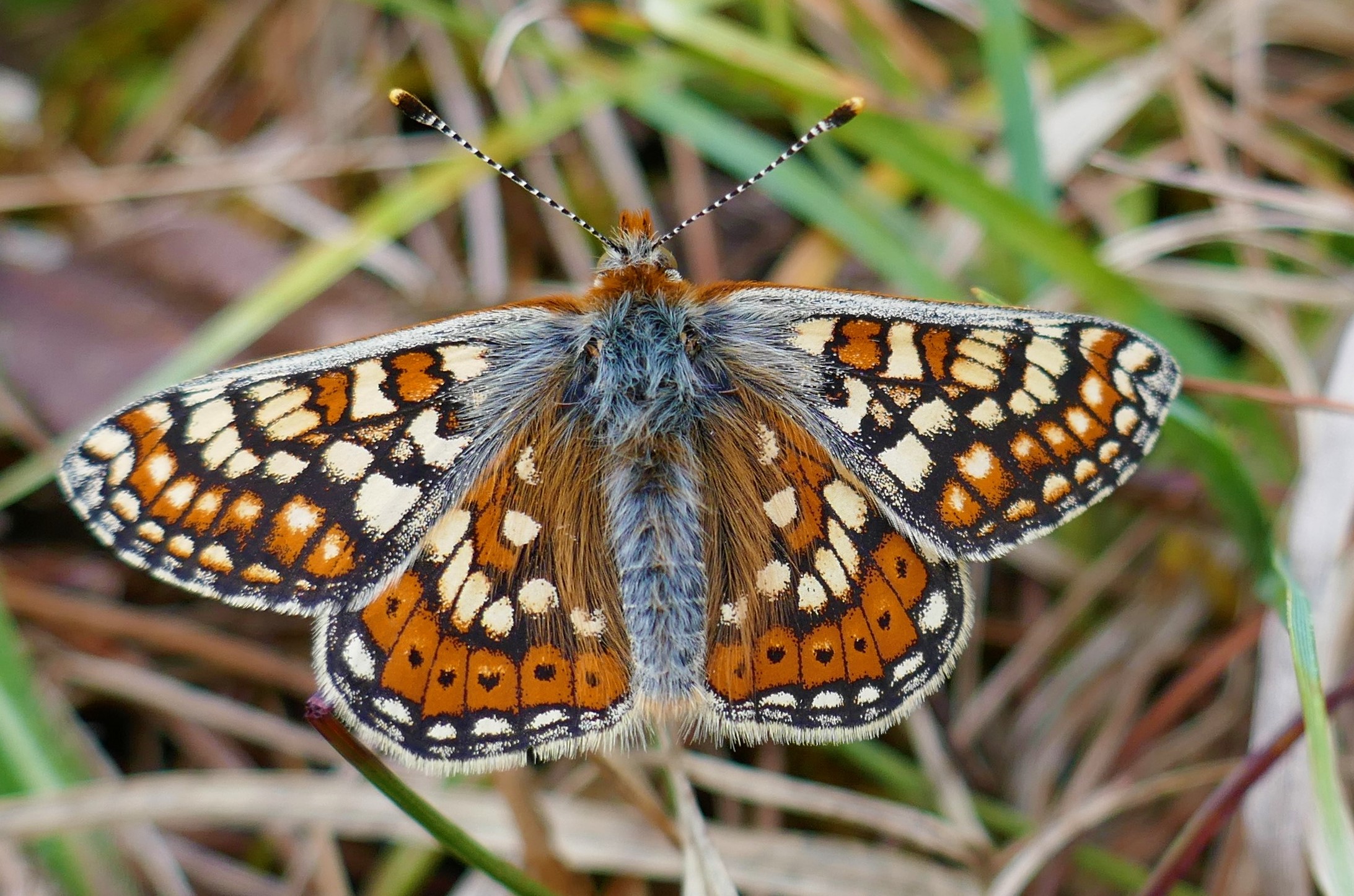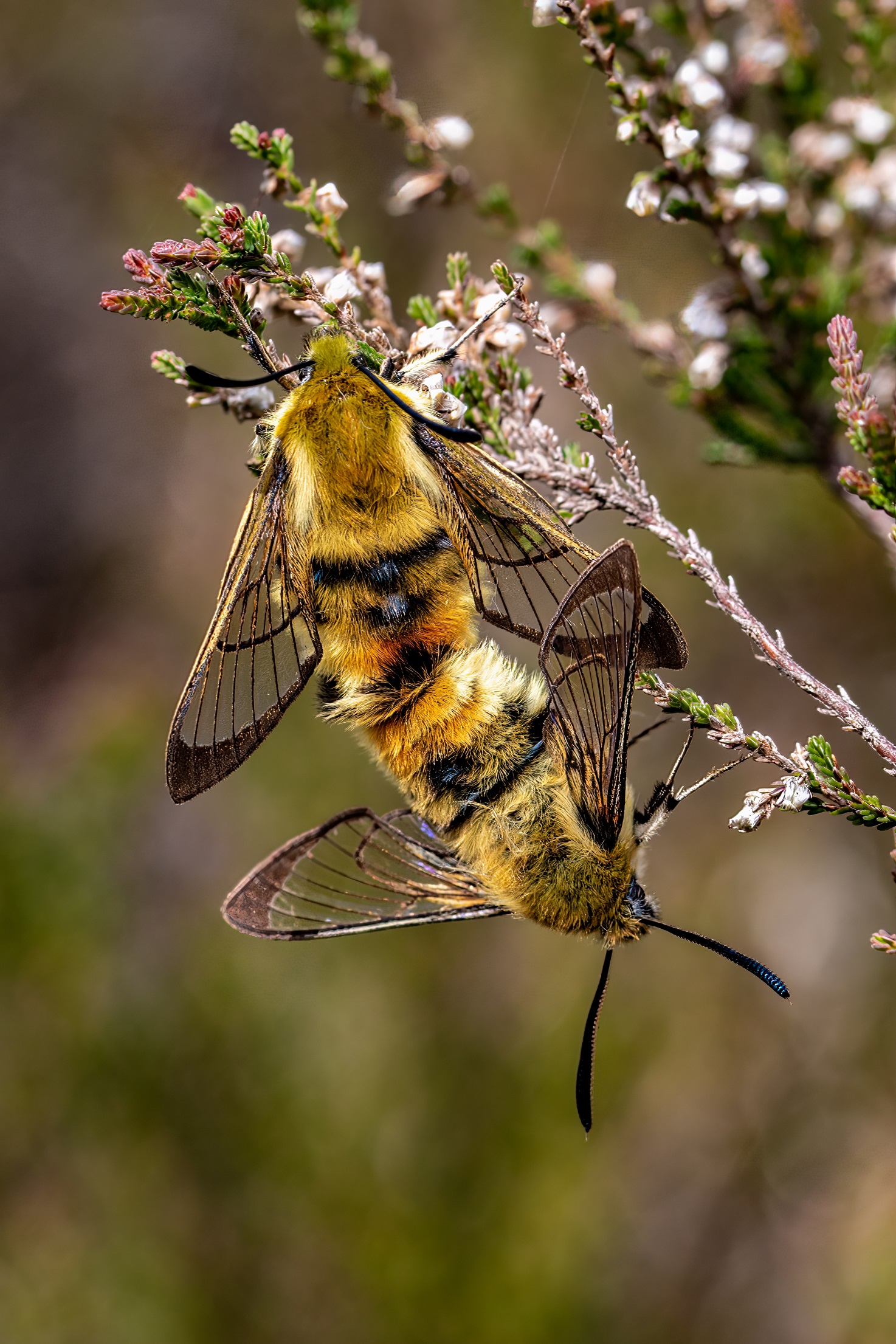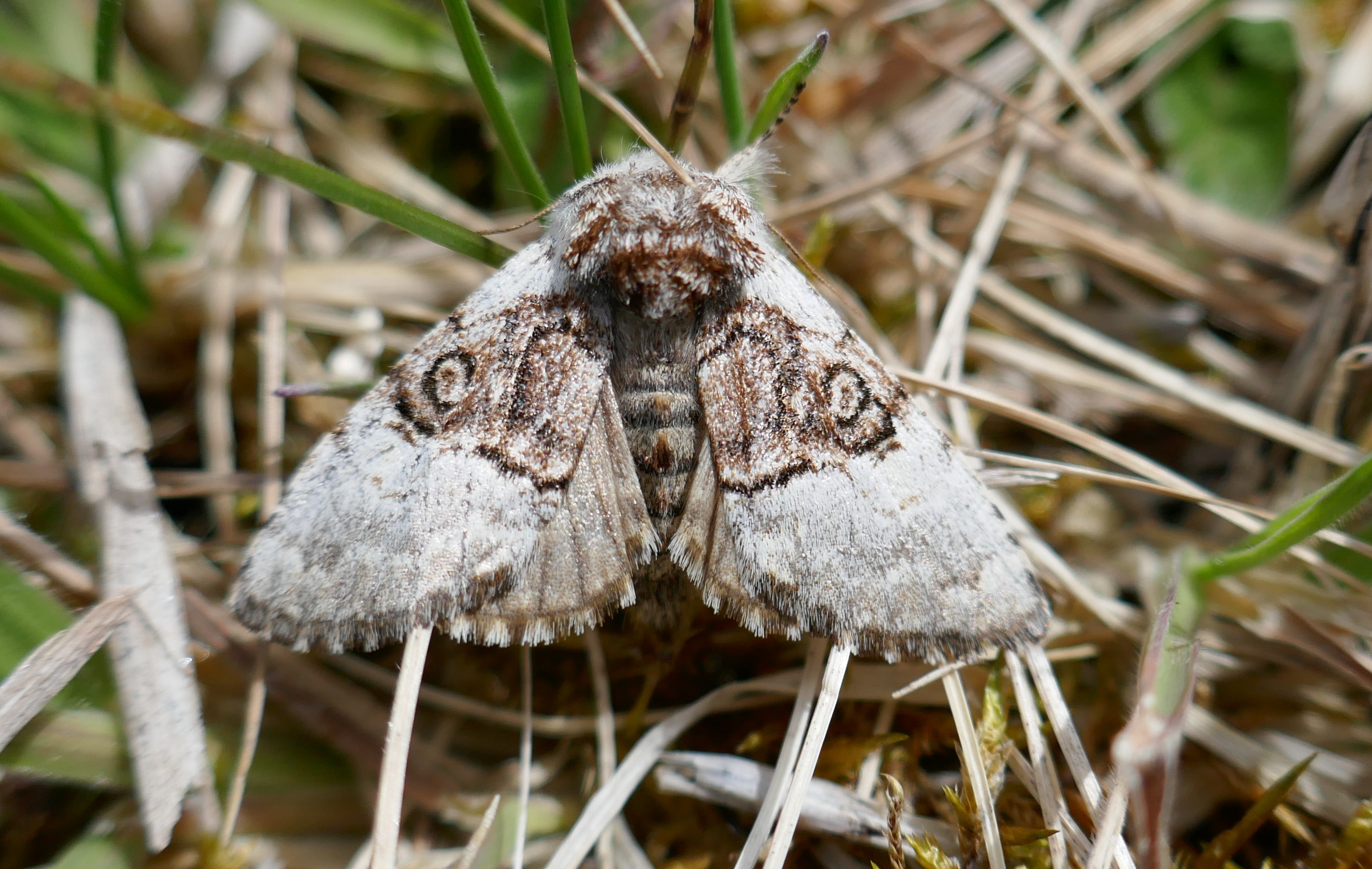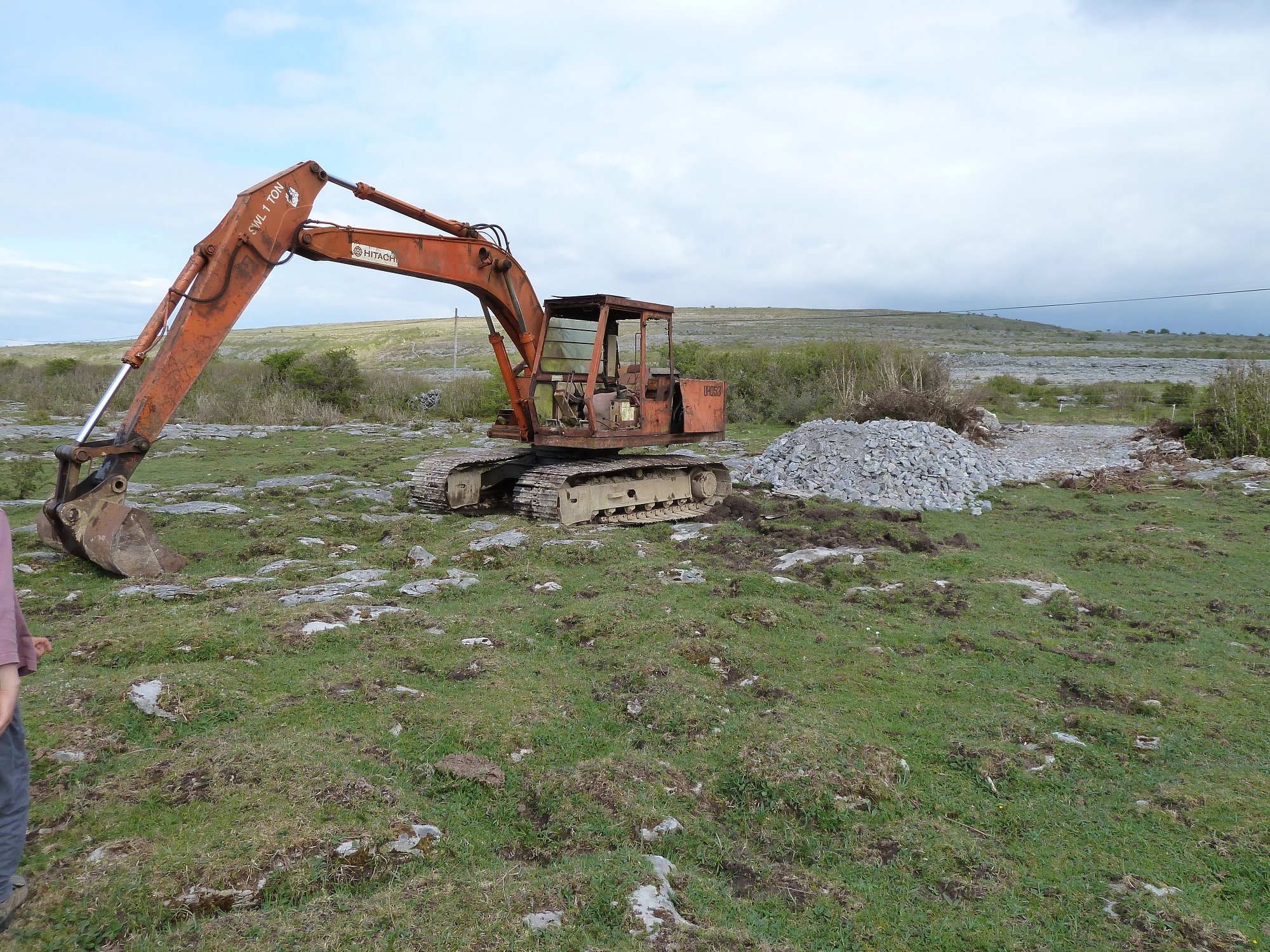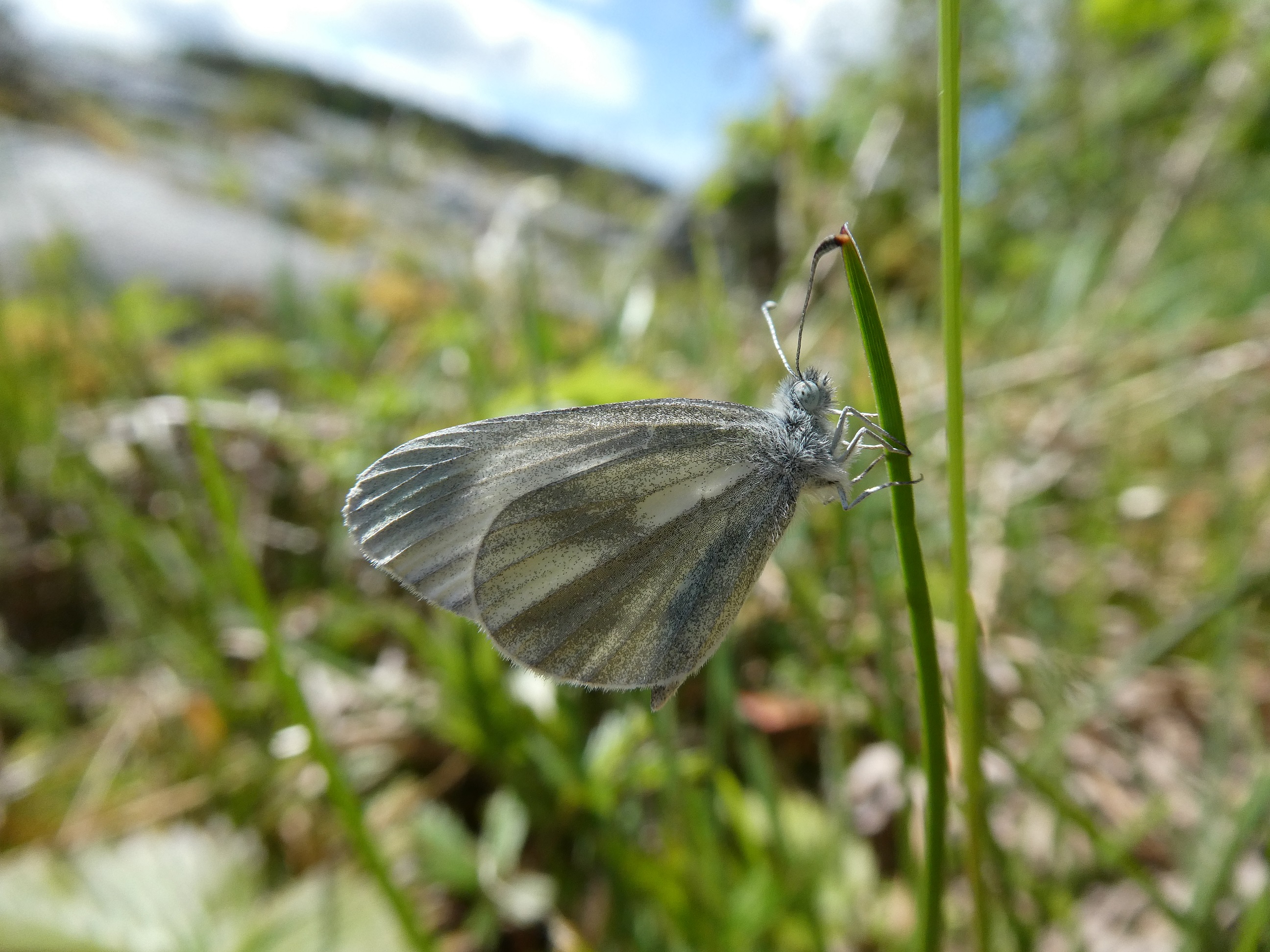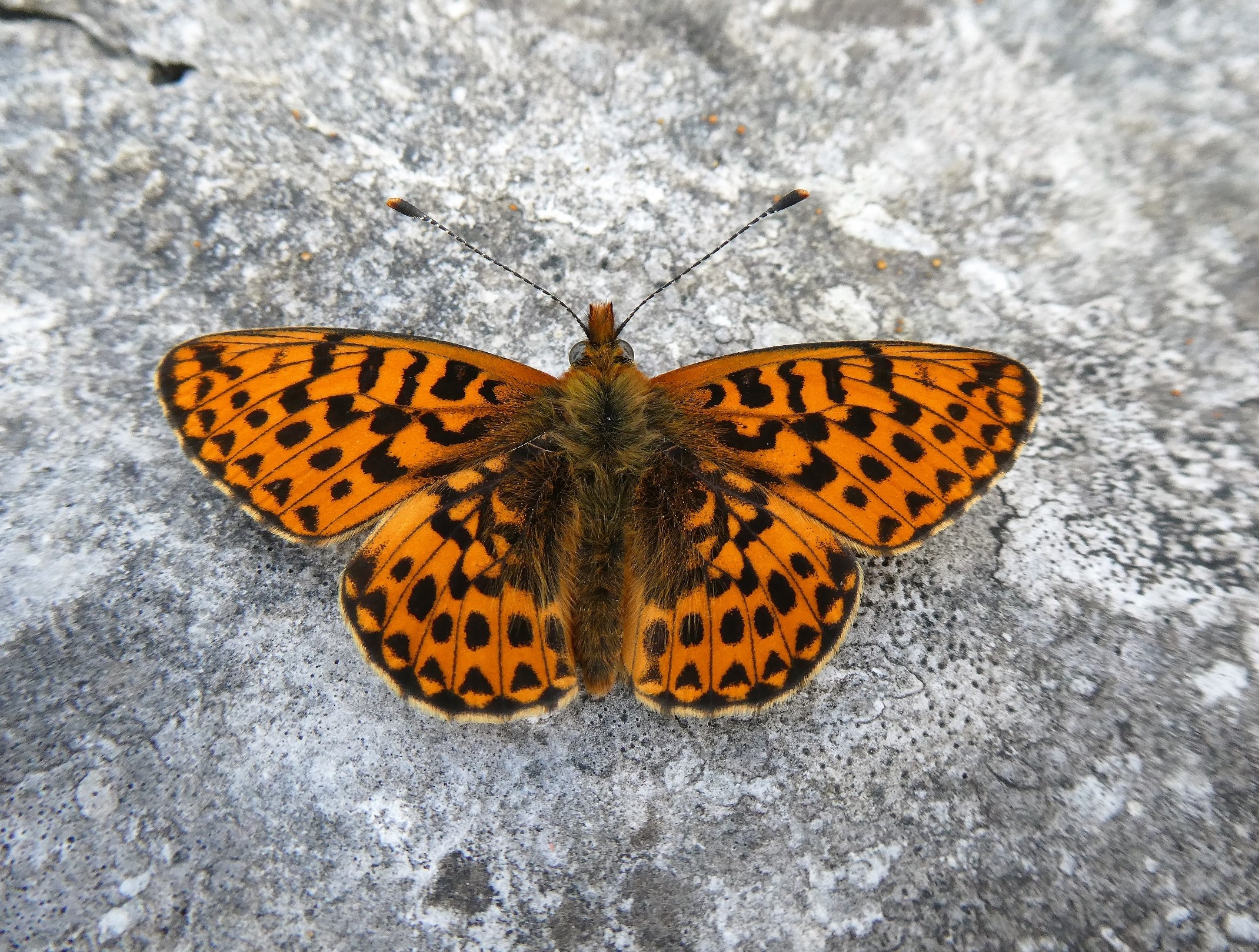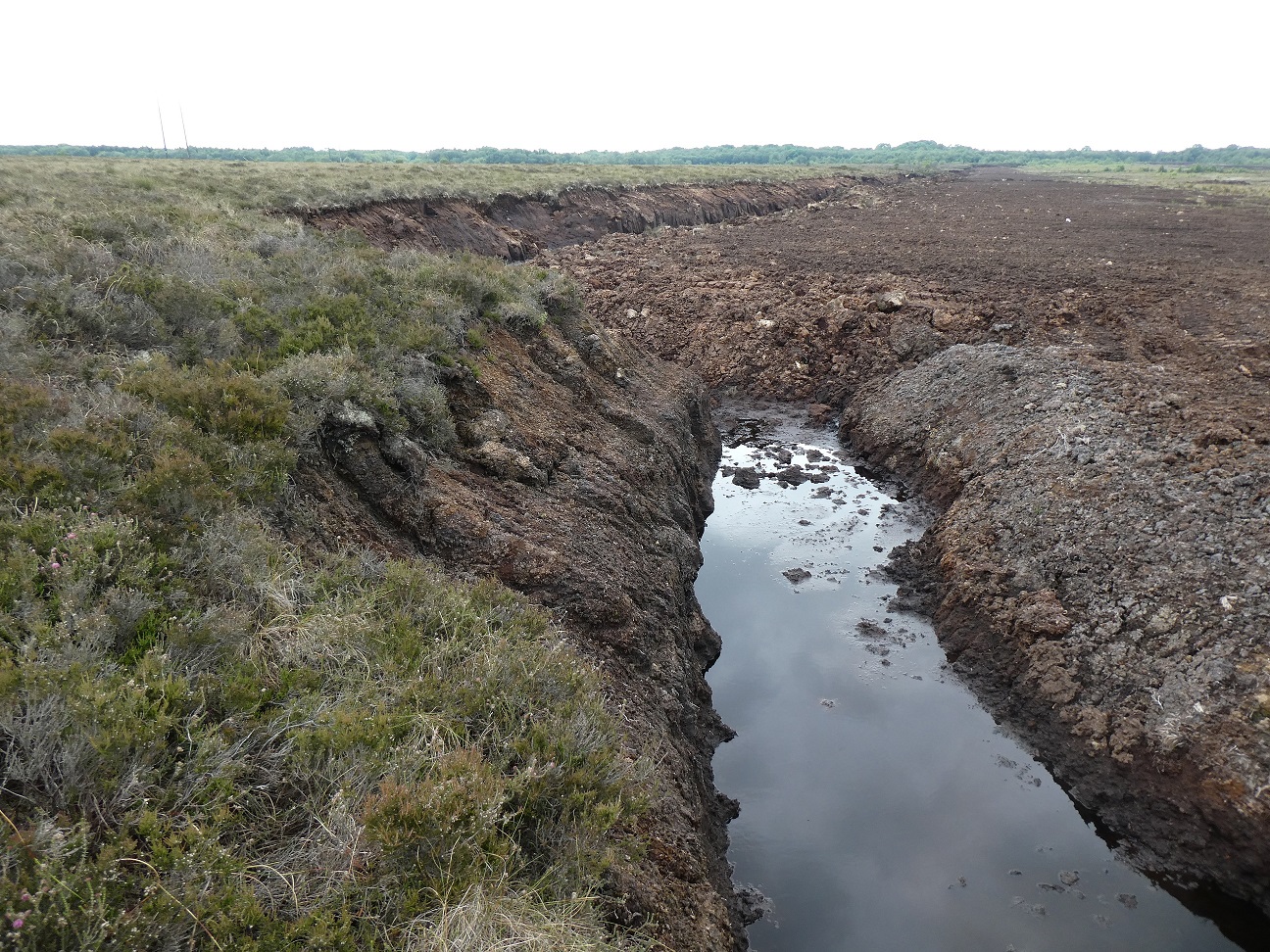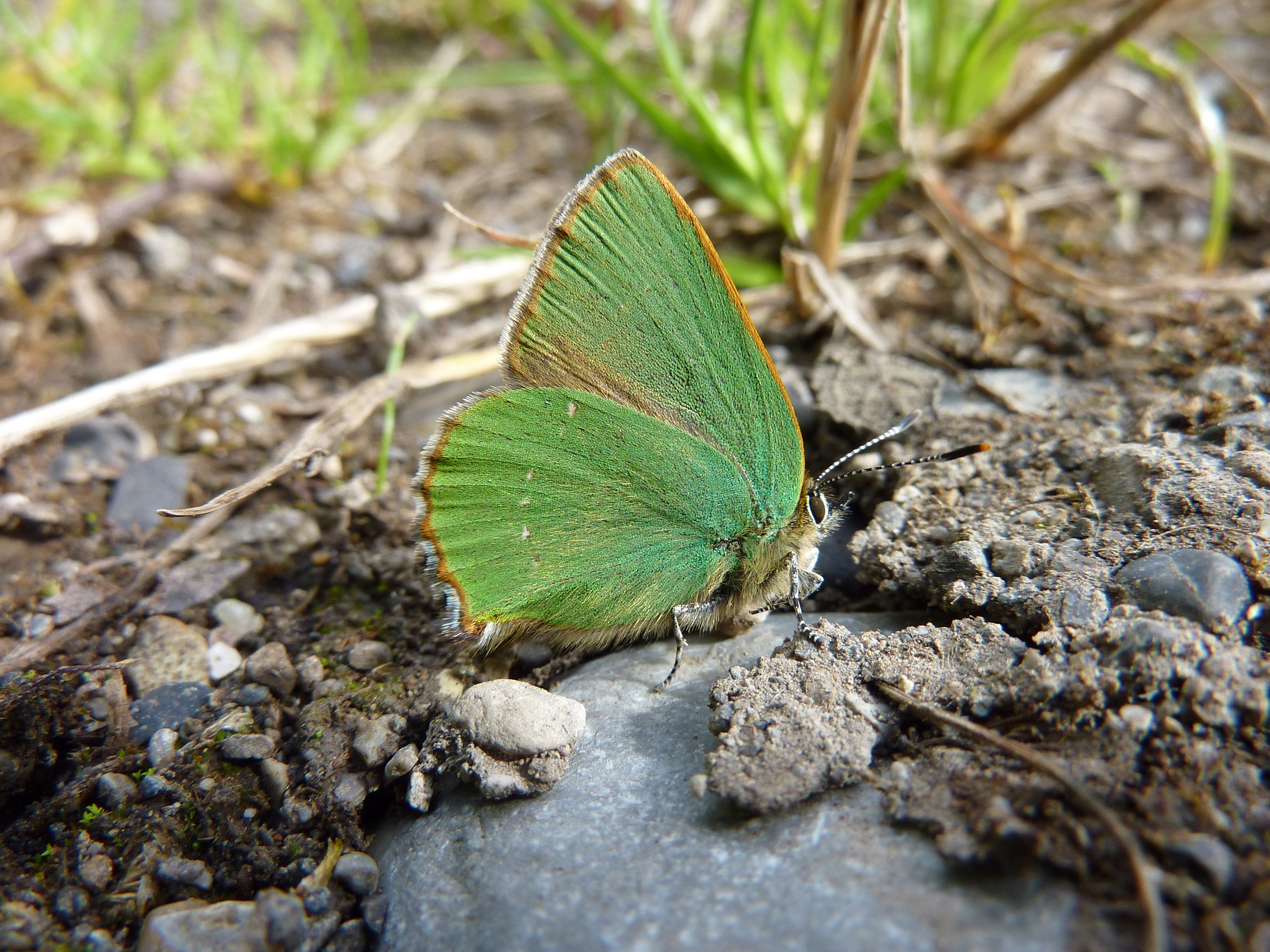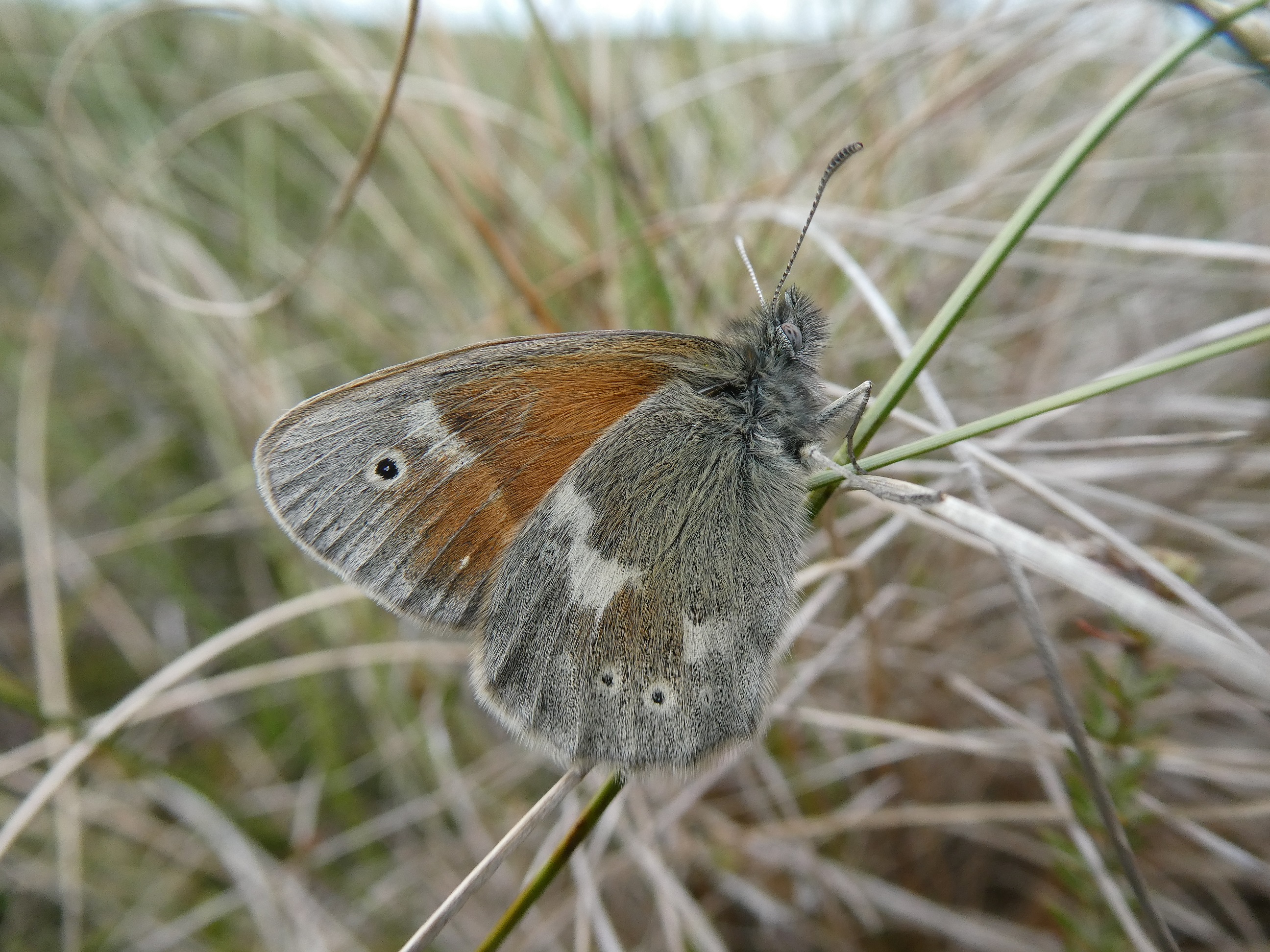Free at last! But freedom must be managed with the caution and restraint that characterized our outing but it was so refreshing to be in nature, in great company.
The morning began overcast but mild and the forecast promised sunshine. It kept its word.
Blackcaps and Song Thrushes were sweetly and prominently vocalizing the day’s rapture, and soon the first butterfly, a lovely male Marsh Fritillary, as fresh as the morning, flitted into our ken. Netted then released, he calmed obligingly, wings outstretched, with photo ops for all. What we did not know yet was he was the first of around 100 Marsh Fritillaries (all but one were males) we would see on our ramble, for the sun shone liberally for much of the duration.
Shortly after seeing our first Marsh Fritillary, an erratic flyer in an area of poor fen and wet heath stopped us. A Green Hairstreak, the first I have seen off a bog in Lullymore. Looking around, the presence of Cross-leaved Heath, a breeding plant, provides a potential context.
Next, we entered the “corridor” linking Lullymore and Lullybeg, expertly managed by Pat Wyse over the winter months to bring in light and regenerating heath to an area under encroachment. Here the amazing Narrow-bordered Bee Hawkmoth reigns-all the ones we sighted as pristine as the Marsh Fritillaries. Some amazing close photos were taken-see below. Again, they posed nicely for us; it was warm enough for activity but cool enough to discourage freneticism.
Marsh Fritillaries love this corridor too, having moved in to breed following scrub clearances. As a result, we now have an almost contiguous breeding habitat extending from the Irish Peatland Conservation Council Reserve in Lullymore to BCI’s reserve in Lullybeg. Brimstone egg-laying, with the female contorting her powdery abdomen in what looks like a painful procedure to deposit her precious egg, was observed close-up. Pat’s clearance means more Alder Buckthorns are now available for egg-laying Brimstones, so they can distribute their eggs over more plants, which may relieve predation pressure on the butterfly.
We passed through the corridor into the BCI reserve, looking fairly flowerless and bleached, but soon the colour of multiple Marsh Fritillaries brightened proceedings. I have not seen so many on the reserve on one day for at least a decade. This made for a momentous visit.
Another butterfly that seems to be thriving on the reserve is the Dingy Skipper-we saw at least 20, most of them in good condition. A large female Red Admiral fussed around some Meadowsweet plants, evidently mistaking the dark, wrinkled leaves for Stinging Nettles. Flashes of red revealed Small Coppers, with one tattered female laying on a tiny Sheep’s Sorrel on bare peat.
Cryptic Wood White, never numerous on the reserve, numbered five during our sojourn-a very respectably tally on this site. The southern side of the reserve was our last stop, and there were Marsh Fritillaries throughout-this is a new development-it was hitherto very scarce here. It is days like this that show that our hard work in managing the reserve is working-our resources are yielding tangible conservation results. This is thanks to all our supporters for all your help, both financial and practical.
We spent over three hours enjoying nature on this gentle, lovely day, enjoying everything from the tiny Small Purple-barred moth flitting jaggedly over the Common Milkwort to the mighty Buzzard soaring proprietorially above us.
I, for one, was delighted to be out. Thanks to everyone who took part in our walk, making the day so enjoyable.
